The death of the Phone Call.
The telephone may have transformed business in the 20th Century – but now it is one of the most intrusive, annoying tools available.
During the 20th Century, the humble telephone was instrumental in helping businesses grow. Suddenly it was possible to communicate with customers and suppliers across the country and beyond. Orders could be received same day, where previously clients and businesses were at the mercy of the postal service.
But as we approach the third decade of the 21st Century, it is clear that the days of the telephone are numbered.
The telephone is bad for business
The telephone has brought with it an expectation of immediacy – people expect an instant answer when they call. The fact that most of us now carry a phone in our pockets and bags just strengthens that expectation.
But people resent that presumption. In all but customer service or sales functions (in larger businesses with dedicated front-line staff), the telephone has become a major source of distraction and disruption – for the recipient.
Having to respond to phone calls means dropping the task in hand. After the call completes, it takes some time to get back on track; the drop in productivity lasts much longer than the call itself.
Worse still, it is almost impossible to filter calls effectively. Phone numbers are regularly swapped between contacts without the explicit permission of the owner. Once in the wild, it is you cannot regain control of your phone number – those people will continue to call, and to pull you away from important tasks.
An unexpected phone call is quickly becoming the height of rudeness in the modern workplace.
There are plenty of better options
Take your own smartphone for instance. Voice is no longer the primary use for the device – email now outstrips calls. Another study found data use surged by 68% at the same time as voice calls dropped by 13%. We are actively avoiding calls.
Aside from email there’s instant messaging (WhatsApp, Google Chat, Facebook Messenger etc) and social channels (Twitter, Slack, Snapchat). If you really must talk in real time, schedule a video call using Google Meet, Skype or FaceTime.
The key is to choose a communication channel that is convenient for the recipient. If you must call, schedule an agreeable time in advance. This delay will force you to get your thoughts in order - helping to make the call more productive too.
What about B2C communications?
Many people insist that B2C communications are best suited to the phone – but recent experience suggests that this is less and less the case. Tech-savvy customers are used to carrying out pre-sales research unaided – one sales strategist claimed that people complete two-thirds of the buying journey without ever making contact with a rep.
The rise of chatbots is proof that consumers are less reliant on the telephone than we think. Artificial Intelligence will further improve the accuracy of these messaging systems, so customers really don't need to call as often – if at all.
It’s nearly over for the telephone
If you don’t appreciate being interrupted by phone calls, why would your clients? With so many more agreeable options available, there’s no reason at all to persist with something we’ve all come to hate.
To learn more about tools like Google Chat, Google Meet and how to use them to better communicate with customers and suppliers, book a video call below (and no – please don’t give us a call).

